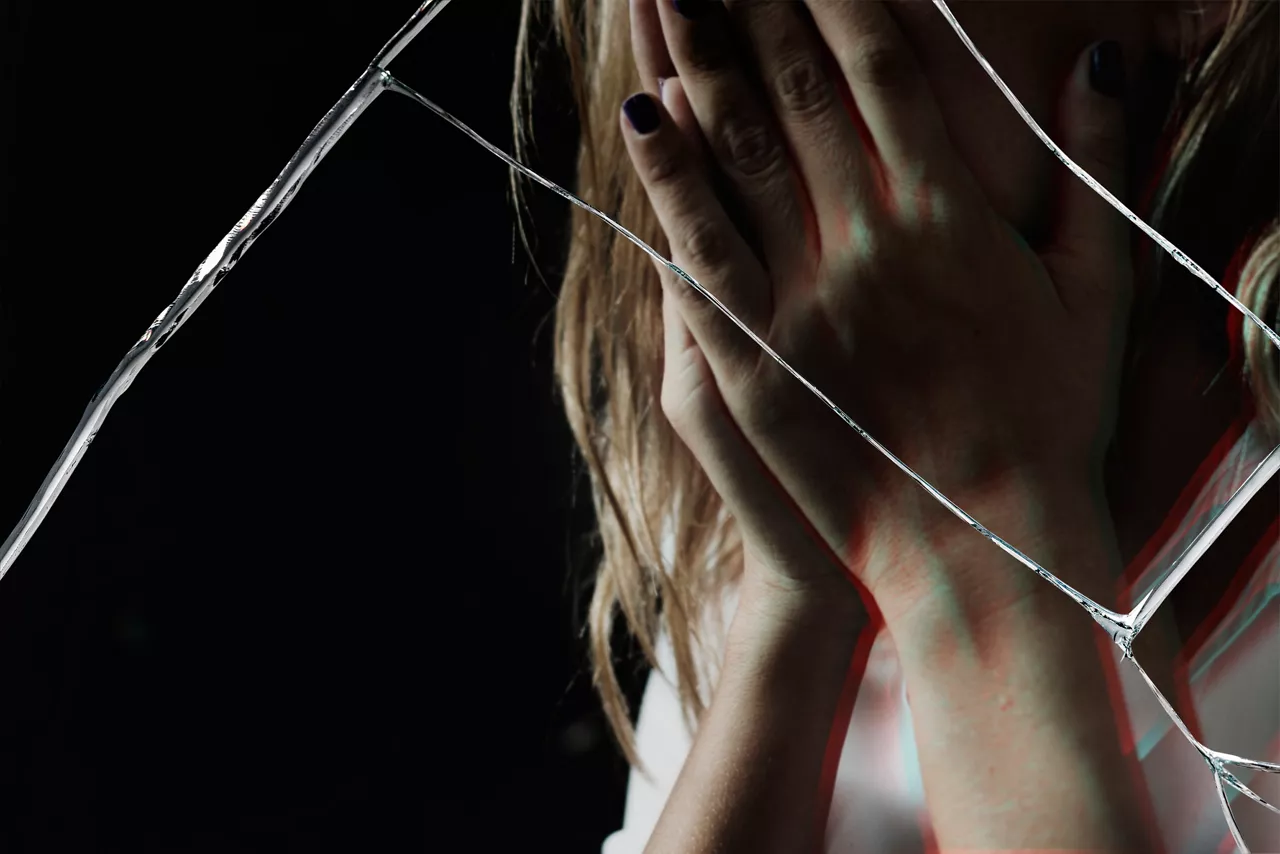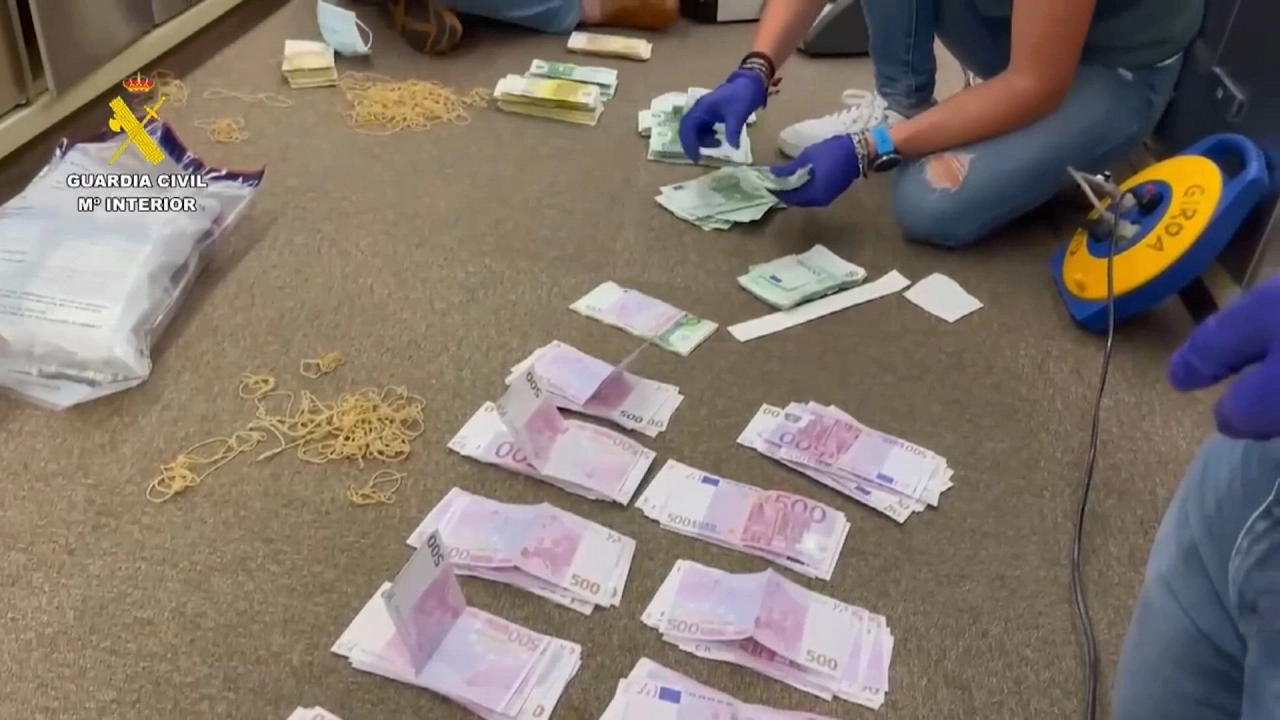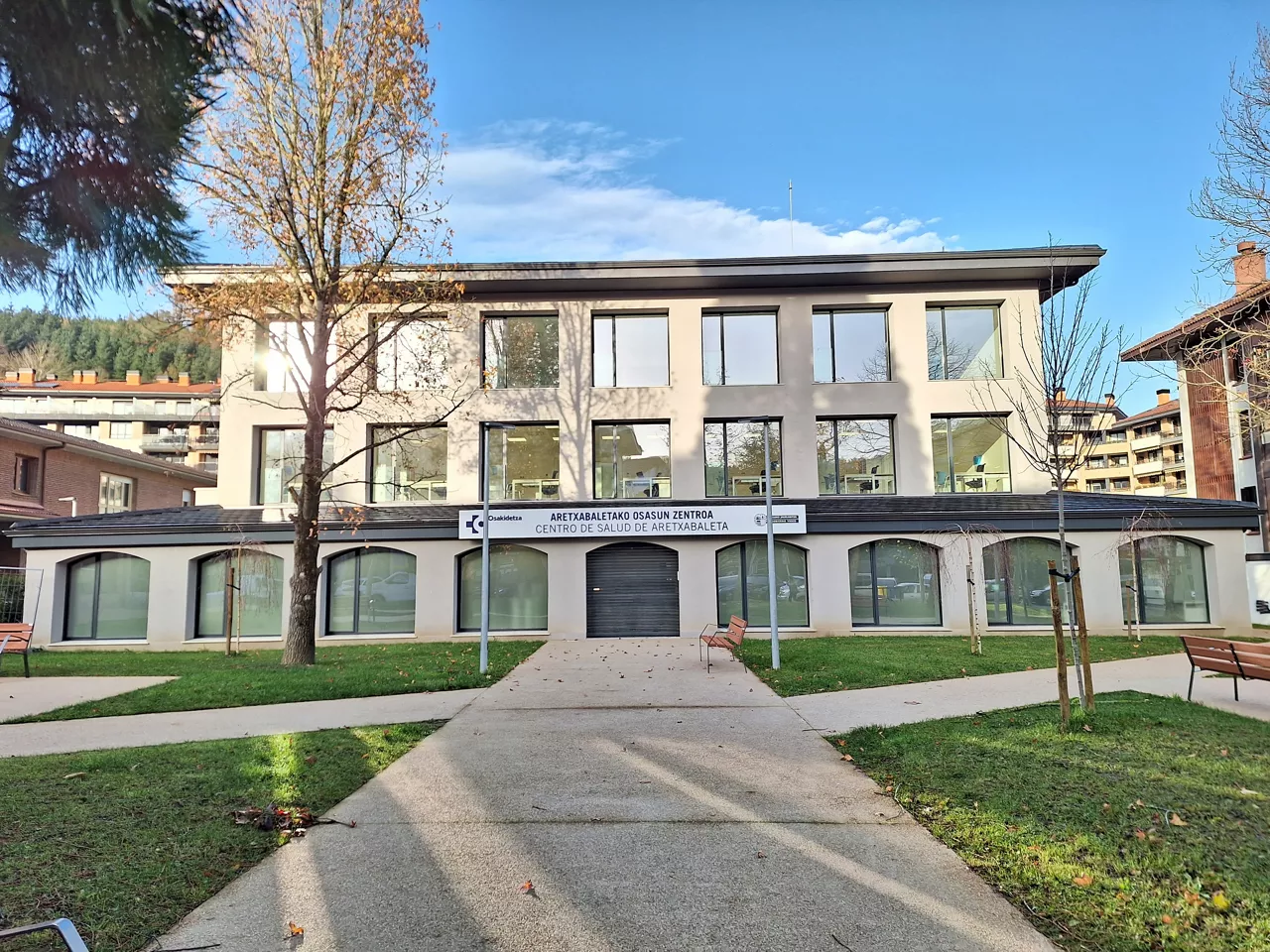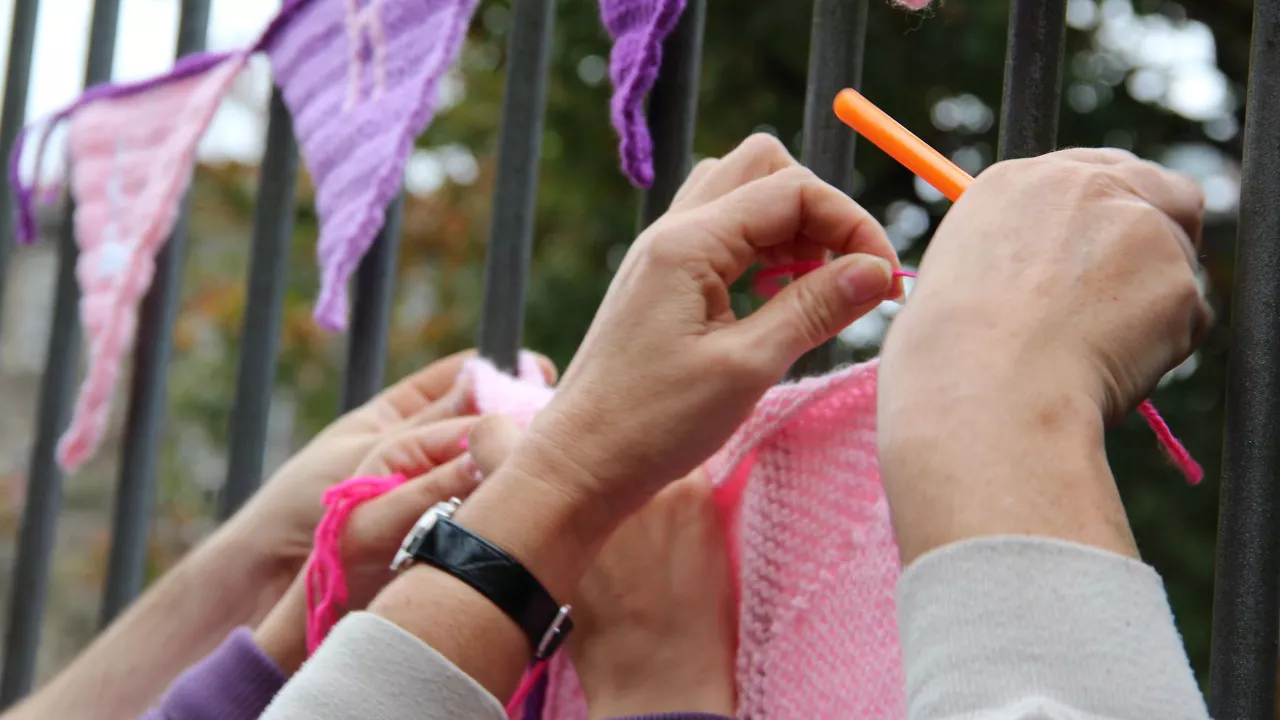Only 18.4% of victims have received medical or psychological assistance

The consequences of male violence on victims are multiple and varied, as well as the ways in which each of them goes through or faces this situation, as evidenced by the first official survey carried out by the Basque Government on violence against women and other forms of interpersonal violence.
Only 18.4 per cent of women who have suffered male violence claim to have received medical or psychological assistance after having suffered violence, and another 17.3 per cent reply that they have not received it, but believe that they should have received it.
Women who have suffered physical and psychological violence have received more medical assistance than victims of sexual violence. In addition, the proportion of women who received medical assistance is higher in cases where violence has occurred within the couple.
According to the report, 11.7 per cent of women who have suffered some form of violence in their partner's area and/or abroad have been temporarily unable to attend work or school .
Leave or absenteeism is more common in women who have suffered physical or psychological violence than in women who have suffered sexual violence, while it is more common in women who have suffered violence within the couple.
With regard to violence against women with disabilities, 12.5 per centof these women claim that their disability or limitations are due to violence by their partner or other person, up to 15.8 per cent of those who have suffered violence within and outside the couple.
16.6 per cent of women who have experienced some form of violence within and/or outside the couple report having taken drugs, alcohol or drugs to deal with episodes of violence experienced. Consumption is more frequent among those who have suffered violence in the area of partner relationship (23.4 per cent compared with 6.9 per cent of women who have suffered violence outside the couple).
Almost two out of ten women have not spoken to anyone in the area about the violence they have suffered, and it is common for women who have suffered violence within the couple to share these experiences to a lesser extent with their friends or family.
Children, witnesses and victims
One of the most worrying aspects of violence against women is that minors are often also witnesses and victims of various forms of violence.
One in three women victims of violence (34.7 per cent) lived with minors at the time of violence, mostly children (34.1 per cent).
In two-thirds of cases, minors have at some point witnessed or heard episodes of violence within the couple; in about one in four cases, minors were exposed to violence quite frequently (26.2 per cent).
On the other hand, these surveys show that in almost three out of ten of these households (27.6 per cent), boys and girls have suffered violence directly from their partners or ex-partners, often in 9.6 per cent of cases.

Accusations, and reasons not to report
The survey also contains information onthe extent to whichwomen's violence situations are reported .
According to the data, only 13.9 per cent of women who claim to have suffered violence within and/or outside the couple have ever reported it, 9.6 per cent in the last year, most of whom have been reported by women themselves.
Most of the complaints are for physical and psychological violence, and only 12.1 per cent report acts of sexual violence.
Women have various reasons not to report the violence they have suffered, including not identifying violence with a reprehensible crime (64.5 per cent), showing feelings of guilt, shame or emotional blockade (19.1 per cent) or not taking steps in the face of difficulties that a judicial process may entail (18.4 per cent).

More news society

Bizkaia pharmacies join the socio-health problem detection program
The agreement between pharmacies and EUDEL is already in force in Álava and Gipuzkoa, and the Bizkaia batutas, the network of cooperation between pharmacies and municipal social services, have been formed to provide service to the entire population of the CAPV.

Electric vehicles that don't withdraw from charging points will have to pay in Pamplona
The measure will enter into force in August, so the City Council wants to put an end to those who use it as a parking lot.

The deeds of the sale of the Loiola barracks will be signed by the City of San Sebastian on July 23
This sale will allow the construction of more than 1,700 sheltered homes in the area. From the signing of the sanctions, the military will have a period of four years to leave the area.

The pharmacies of Bizkaia suman the program of detection situations of socio-sanitary problems
This agreement with EUDEL is already in force in the territories of Álava and Gipuzkoa, and with Bizkaia the network of collaboration between pharmacies and municipal social services is completed for the coverage of the population of the CAV.

Hate crimes fell 13.8% in the state last year, but Navarra and the ACV had the highest incidence rate
Navarra's incidence rate was 14 cases per 100,000 inhabitants, ahead of the Basque Autonomous Community (10.8). Hate crimes for racism or xenophobia were the most frequent (804), although they were 6.07% less than in 2023.

The owners and waitress at a hotel in Gallarta have been arrested for drug trafficking
The Civil Guard has seized nearly 200 grams of cocaine, doses of MDMA, hashish balls and tablets, tools necessary to weigh and dose the drug, two high-end vehicles and 411,000 euros.

Aretxabaleta's new health center will open next Monday
As a novelty, one of the four floors will be offered to social services.

Almost half of the women between the ages of 16 and 85 living in the Basque Country have ever experienced some form of male violence
The main conclusion drawn from a survey carried out by the Basque Government on male violence is clear: male violence is present in the lives and daily lives of women living in the CAE, not only in the area of partner, family, work or education, but also in the virtual environment.

Only 18.4% of victims have received medical or psychological assistance
13.9% of women who claim to have suffered violence within and/or outside the couple have reported it at some point, and 16.6% of women report having taken drugs, alcohol or drugs to deal with violent events.

